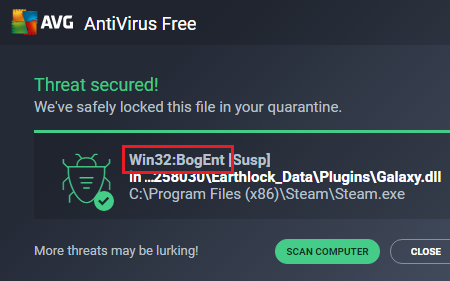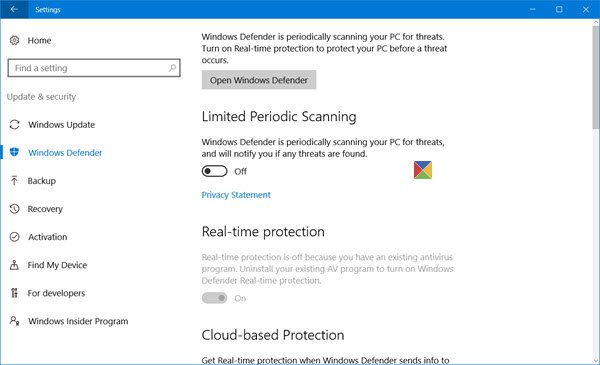Many users have reported that their third-party antivirus software found a virus named Win32:BogEnt and are concerned whether or not to delete it. Usually, it is quarantined by the anti-virus already. However, it is always wise to check whether a file is genuine or not before finally deleting it.
What is Win32:BogEnt

We will discuss the Win32 Bogent tag and how to handle files marked with the tag in this article.
Is Win32:BogEnt (Win32 Bogent) a virus?
Win32:BogEnt is a heuristic detection. This means that the antivirus software has detected unusual behavior of a few files in the host system. Whether or not it is a virus depends on a lot of factors. However, third-party antivirus software products like AVG and Avast usually report it as a virus. But then AVG could give out false-positives often and so it is imperative that you re-check the file.
- Use Virustotal
- Use a different antivirus tool
- Use a file deleter software
The important part is confirming the identity of the associated files. This could be done as follows:
1] Use Virustotal
You will find the file in the quarantined section of your antivirus software. Right-click on it and choose the option to open the file location.
Now use the Virustotal website to scan the file and verify whether or not it is infected.
2] Use a different antivirus tool

At times, overprotective antivirus software products falsely flag genuine software, files, and processes as malware. This is common with third-party antivirus products.
To be sure that the problem is not because of your antivirus, try using an antivirus of a different brand for the file. You could also use Windows Defender for the purpose.
Since you must have already purchased antivirus software and might be unwilling to pay for a new one just for this test, you could try one of these free antivirus software products for Windows 10.
4] Use a file deleter software
In case the problematic file is locked and you are sure that it is infected, you could use these free file deleter software for Windows 10.
Read next: What is mDNSResponder.exe?
Leave a Reply